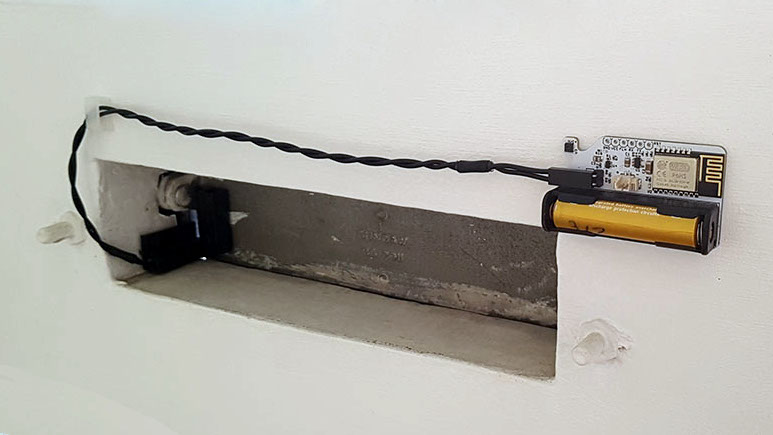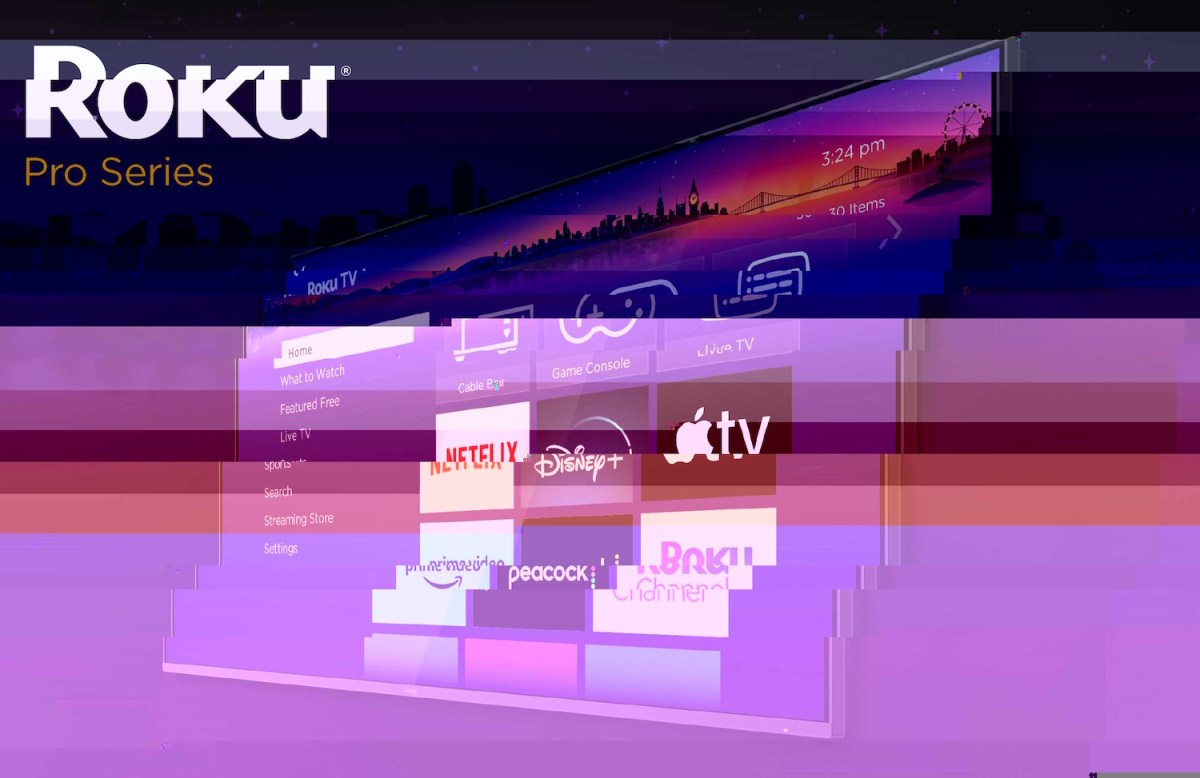Make a kaleidoscope with wireless LEDs
December 23, 2022
Tell me the steps
Working with "wireless" LEDs feels a bit like magic. These tiny LED assemblies can emit light without connecting directly to a power supply. The secret to their power source is a nearby coil of wire in which a high-frequency oscillating current generates a fluctuating magnetic field. Each induction-powered LED is attached to its own small coil of wire, which responds to this changing magnetic field by producing a small current (about 2mA).
A bit of light self-reflectionI'm often obsessed with finding new ways to use LEDs in projects, like my weather-lit rainbow (build it here) and a Twitter-connected LED matrix purse . I had impulsively purchased a set of 10 mixed color wireless LEDs and a 5V transmit coil, hoping to generate new project possibilities from this unique LED form factor. Unfortunately, an online search yielded many articles on how to build your own induction LEDs, but very few examples of how to use them!
Any project using induction-powered LEDs will be subject to certain constraints. The power transfer between the 5V emitter and the LEDs drops dramatically over distances greater than a few centimeters, so the coil must stay close to the LEDs. Additionally, inductive power transmission works best if the receive and transmit coils are oriented parallel to each other; this limits how the LEDs can move while still on (see "Inductive Adornments" by Lee Wilkins in Make: Volume 81, and "Skill Builder: Induction Instruction" and "Inductive Charging Bag", both in Volume 41 ].< /p>
With these restrictions in mind, I wondered what wireless LEDs would look like inside a kaleidoscope. The idea was compelling because a small number of colored lights could create a big visual impact through repeated reflections in the symmetrically placed mirrors of the kaleidoscope. Induction LEDs are particularly well suited for this use as they are free to slide as the kaleidoscope is moved, generating dynamic patterns with their changing configurations. Encouraged by the possibilities, I designed and built this laser cut kaleidoscope that uses wireless LEDs to generate colorful light patterns. You can create your own version of the build from the instructions that follow.



Project stages
Laser cut partsNext
Kaleidoscope parts are laser cut from 1/8″ (3.2mm) sheet material. The three different vector design files, available here, contain the outlines of the cutout parts for the frame, eyepiece covers, and LED "collars" and mirrors. Cut the three rectangular mirrors from 1/8″ mirrored acrylic sheet and cut the eyepieces and collars from 1/8″ clear acrylic sheet.
The kaleidoscope frame can be cut from any 1/8″ thick wood or acrylic that has a nice finish on both sides. Kaleidoscopes are often displayed as works of art, and an attractive building material will result in a construction that is visually interesting both outside and inside. I used 1/8″ black acrylic for my frame, but many other materials can work as well.
When laser cutting shapes from design files, cut along all blue, black, and red lines. Any green letter...

Tell me the steps
Working with "wireless" LEDs feels a bit like magic. These tiny LED assemblies can emit light without connecting directly to a power supply. The secret to their power source is a nearby coil of wire in which a high-frequency oscillating current generates a fluctuating magnetic field. Each induction-powered LED is attached to its own small coil of wire, which responds to this changing magnetic field by producing a small current (about 2mA).
A bit of light self-reflectionI'm often obsessed with finding new ways to use LEDs in projects, like my weather-lit rainbow (build it here) and a Twitter-connected LED matrix purse . I had impulsively purchased a set of 10 mixed color wireless LEDs and a 5V transmit coil, hoping to generate new project possibilities from this unique LED form factor. Unfortunately, an online search yielded many articles on how to build your own induction LEDs, but very few examples of how to use them!
Any project using induction-powered LEDs will be subject to certain constraints. The power transfer between the 5V emitter and the LEDs drops dramatically over distances greater than a few centimeters, so the coil must stay close to the LEDs. Additionally, inductive power transmission works best if the receive and transmit coils are oriented parallel to each other; this limits how the LEDs can move while still on (see "Inductive Adornments" by Lee Wilkins in Make: Volume 81, and "Skill Builder: Induction Instruction" and "Inductive Charging Bag", both in Volume 41 ].< /p>
With these restrictions in mind, I wondered what wireless LEDs would look like inside a kaleidoscope. The idea was compelling because a small number of colored lights could create a big visual impact through repeated reflections in the symmetrically placed mirrors of the kaleidoscope. Induction LEDs are particularly well suited for this use as they are free to slide as the kaleidoscope is moved, generating dynamic patterns with their changing configurations. Encouraged by the possibilities, I designed and built this laser cut kaleidoscope that uses wireless LEDs to generate colorful light patterns. You can create your own version of the build from the instructions that follow.



Project stages
Laser cut partsNext
Kaleidoscope parts are laser cut from 1/8″ (3.2mm) sheet material. The three different vector design files, available here, contain the outlines of the cutout parts for the frame, eyepiece covers, and LED "collars" and mirrors. Cut the three rectangular mirrors from 1/8″ mirrored acrylic sheet and cut the eyepieces and collars from 1/8″ clear acrylic sheet.
The kaleidoscope frame can be cut from any 1/8″ thick wood or acrylic that has a nice finish on both sides. Kaleidoscopes are often displayed as works of art, and an attractive building material will result in a construction that is visually interesting both outside and inside. I used 1/8″ black acrylic for my frame, but many other materials can work as well.
When laser cutting shapes from design files, cut along all blue, black, and red lines. Any green letter...
What's Your Reaction?





















